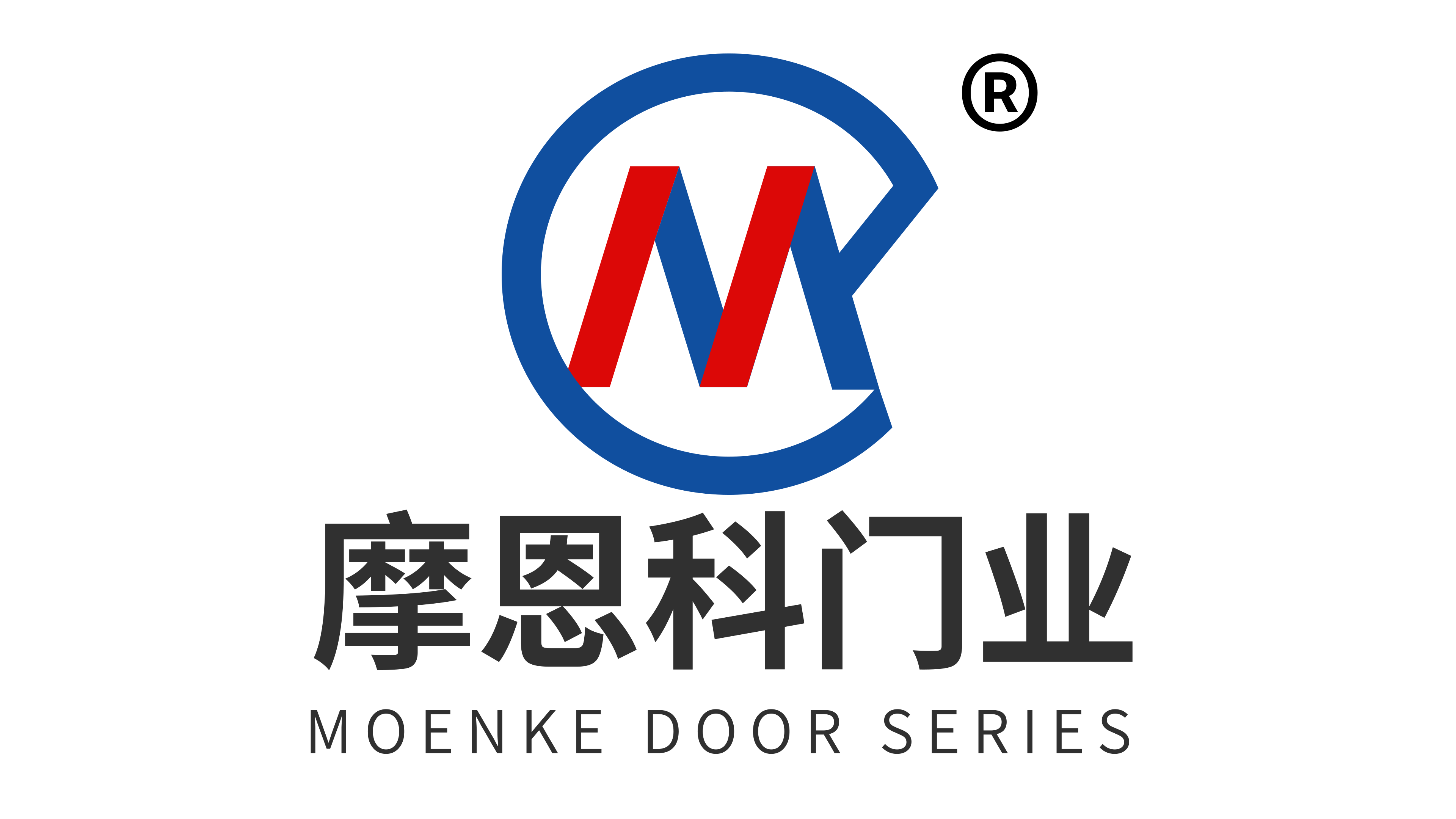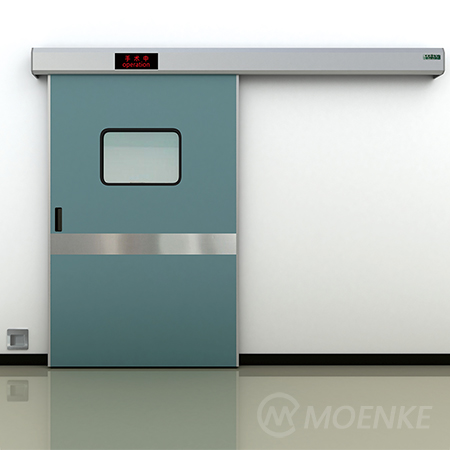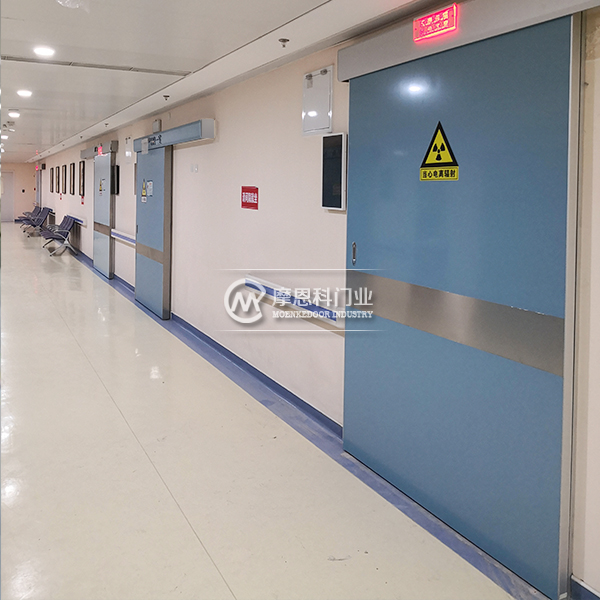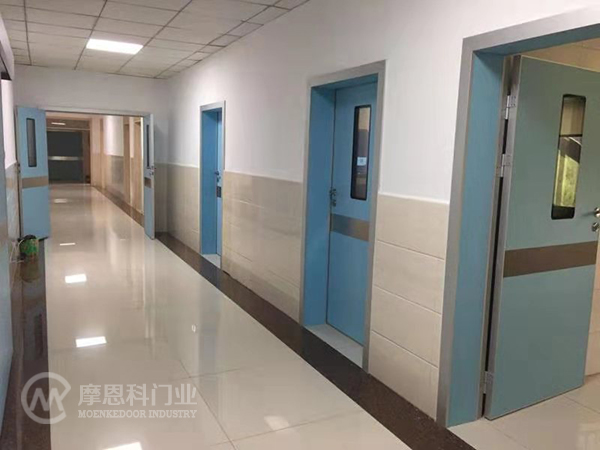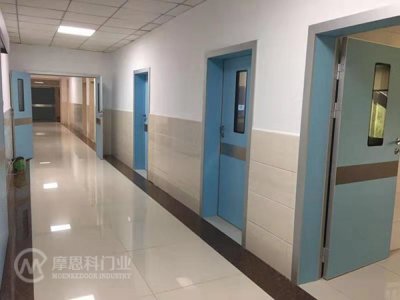Nowadays, medical doors are one of the common equipment in medical institutions, and their correct ordering is an important link to ensure medical safety and improve the quality of medical services. Below, I will introduce the general steps for the correct procurement of medical doors: firstly, demand assessment. Medical institutions need to evaluate their own needs and determine the type, specifications, and quantity of medical doors they need. Considering the different needs of different departments, we can communicate with each department to understand their specific requirements.
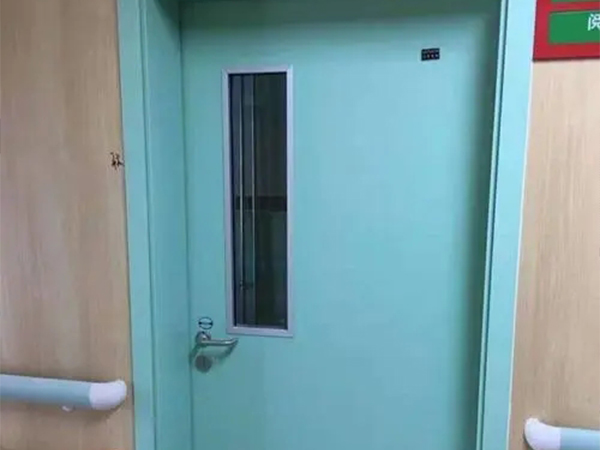
Next is supplier selection. Before purchasing medical doors, it is necessary to investigate and screen suppliers who meet the standards. You can refer to the procurement experience of other medical institutions, conduct market research, and understand the reputation, product quality, after-sales service, and other situations of different suppliers.
Thirdly, technical requirement evaluation: Medical doors have many technical indicators, such as fire resistance, dust resistance, protective performance, etc. Medical institutions should evaluate whether the product technical standards of different suppliers meet the requirements based on their own needs, and refer to relevant regulatory requirements for inspection.
Fourth, price comparison: After selecting a suitable supplier, it is necessary to compare the quotes of different suppliers. But not only considering the price, but also taking into account factors such as product quality and after-sales service. Seeking negotiations with suppliers to negotiate for more favorable prices.
Fifth, contract signing: After determining a suitable supplier, both parties need to sign a procurement contract and clarify their rights and responsibilities. The contract includes clauses such as product specifications, quantity, price, delivery time, and after-sales service to ensure the protection of the rights and interests of both parties.
Sixth, delivery acceptance: After the delivery of the medical door, the medical institution needs to conduct acceptance. Check whether the appearance integrity and functional performance of the product meet the requirements stipulated in the contract. If there are any issues, promptly negotiate with the supplier to resolve them.
Seventh, after-sales service: After purchasing medical doors, suppliers should provide corresponding after-sales services, including installation, debugging, training, and daily maintenance. Medical institutions need to establish good communication channels with suppliers to promptly resolve potential issues.
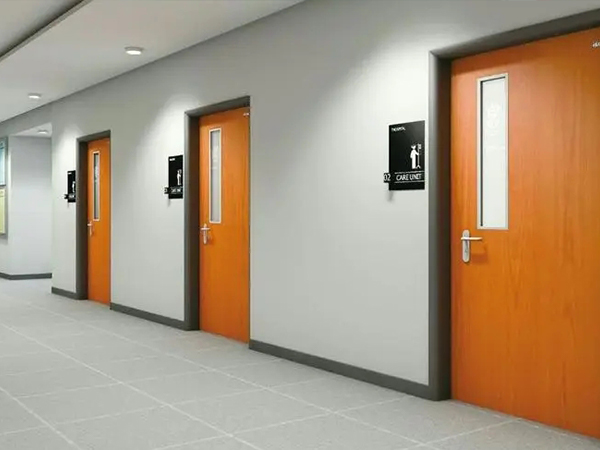
Proper procurement of medical doors requires consideration from aspects such as demand assessment, supplier selection, technical requirement evaluation, price comparison, contract signing, delivery acceptance, and after-sales service. Only by integrating factors from various aspects can we obtain high-quality products that meet the needs of medical institutions.
